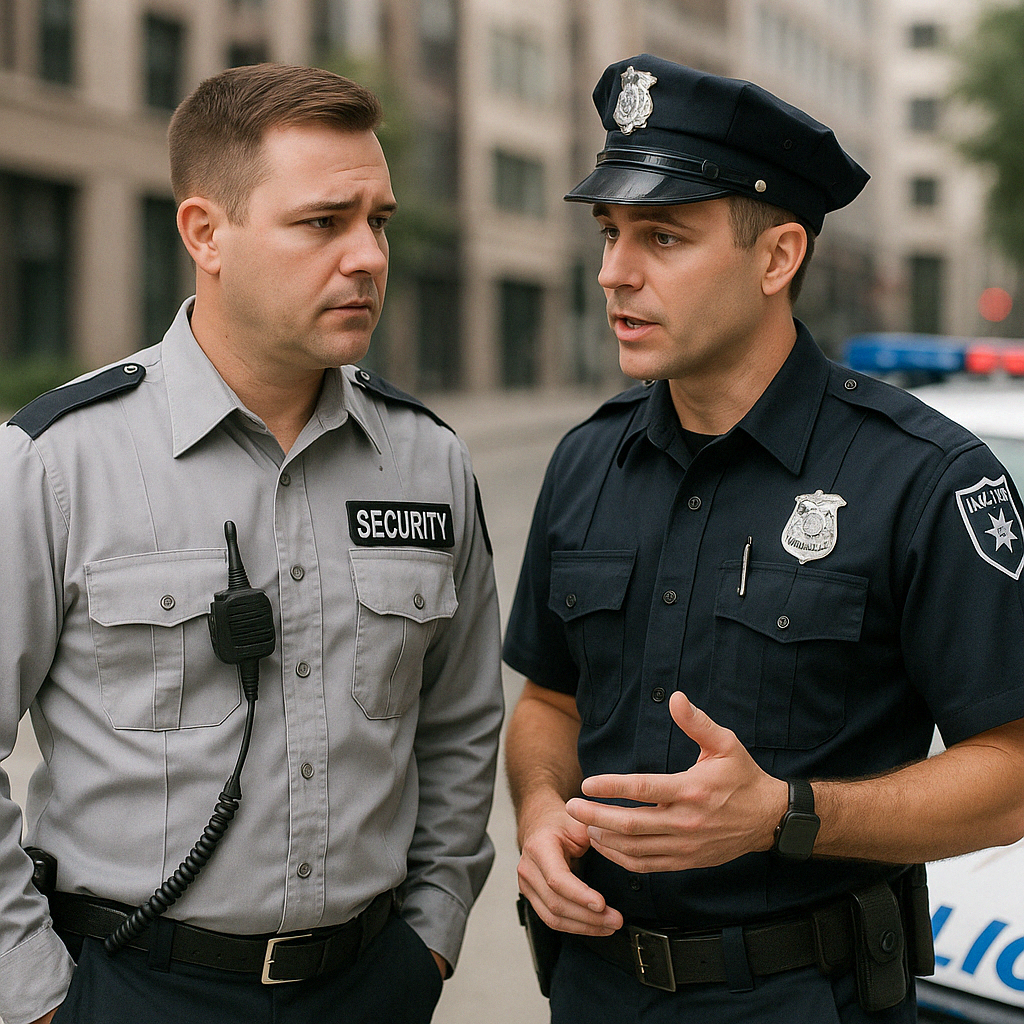- Emergency 911 Call During Fire: Why Every Second Counts
- The Security Guard's Role in Fire Emergencies
- Key Steps: Making an Emergency 911 Call During a Fire
- Common Mistakes to Avoid During a 911 Call
- Communication Script Example
- Post-Call Responsibilities
- Internal Coordination is Vital
- Technology Tip: Use E911 Services
- Recommended Training and Drills
- Final Thoughts: Master the Emergency 911 Call During Fire Situations
Emergency 911 Call During Fire: Why Every Second Counts
In the event of a fire, a well-executed emergency 911 call during fire situations can mean the difference between containment and catastrophe.

For security guards, who are often the first responders at commercial and industrial sites, being prepared to communicate effectively with emergency services is a non-negotiable responsibility.
Seconds can save lives, and knowing exactly what to say, how to say it, and when to act is essential.
The Security Guard’s Role in Fire Emergencies
Security personnel serve as the first line of defense in fire incidents, often discovering fires before the fire alarm system fully activates or while evacuating occupants.
Making an accurate and prompt emergency 911 call during a fire is a critical responsibility that supports timely fire department response.

Security guards must remain calm, focused, and procedural, even under intense pressure. Proper communication not only activates the emergency response but also provides vital information that can guide fire crews and minimize property damage or injuries.
Key Steps: Making an Emergency 911 Call During a Fire
Stay Calm and Find a Safe Location
Before dialing 911, ensure your safety and the safety of others. Move away from smoke, flames, and structural danger. If using a landline, it helps emergency dispatch trace your exact location faster.
Note: If a landline is not available, a mobile phone with location services turned on can still accurately relay your position.
Dial 911 Immediately
Use your radio only to alert your team, but make the emergency 911 call yourself. Time is crucial—don’t wait for a supervisor if you’ve identified an actual fire. Use a dedicated emergency phone if one exists on-site.
Clearly State the Following:
- Type of Emergency: “There’s a fire.”
- Your Role: “I am the on-site security guard.”
- Exact Location: Give the building address, floor, section, or any nearby landmarks. Example: “1234 Bay Street, Toronto – East Wing, 3rd Floor.”
- Fire Details: “Visible flames and heavy smoke from the storage room.”
- Hazards on Site: Mention any known hazards like gas lines, chemicals, or explosive materials.
- People at Risk: “There are still workers on the upper floor – evacuation in progress.”
- Contact Number: Give your number in case dispatchers lose contact.
- Do Not Hang Up until instructed to do so.
Common Mistakes to Avoid During a 911 Call
- Speaking too quickly or panicking
- Giving vague location details
- Failing to mention hazardous materials
- Hanging up before receiving instructions
- Assuming someone else called already
Communication Script Example
If you’re unsure how to organize your words under stress, use this script structure:
“911, what’s your emergency?”
“There’s a fire at 1234 Bay Street, East Wing, 3rd Floor. I’m the security guard on-site. We see flames and smoke. The area contains flammable cleaning agents. Evacuation is underway. My callback number is 416-123-0123.”

Post-Call Responsibilities
After placing the 911 call:
- Activate the building’s fire alarm if not already triggered
- Help evacuate staff and visitors to the designated assembly points
- Use portable fire extinguishers if the fire is small and manageable (only if safe to do so)
- Relay additional updates to emergency responders upon arrival
- Document the incident in your security report for future investigation
Internal Coordination is Vital
Coordinate with your OHSE officer or facility manager if available. Use internal communication systems (like two-way radios) to maintain updates while ensuring external communication lines are free for emergency responders.
For more on OHSE integration during fire emergencies, explore OHSE.ca.
Technology Tip: Use E911 Services
Modern facilities often use Enhanced 911 (E911) technology, which automatically provides caller location to dispatchers. Ensure your site’s phones are updated and tested. Learn more about E911 protocols here (DoFollow).
Recommended Training and Drills
Regular fire safety drills should include 911-calling simulations. These help guards rehearse their script, response time, and judgment under pressure.
Resources like NFPA’s Fire Safety Toolkit (DoFollow) offer additional training materials for professional use.

Final Thoughts: Master the Emergency 911 Call During Fire Situations
Security guards are often unsung heroes in emergencies. The ability to confidently and clearly perform an emergency 911 call during fire incidents saves lives and helps emergency crews act swiftly.
By mastering this procedure, you become an essential part of the safety chain in your workplace. Always be ready, always be clear—and always remember: Your call may be the first lifeline.

No comments yet